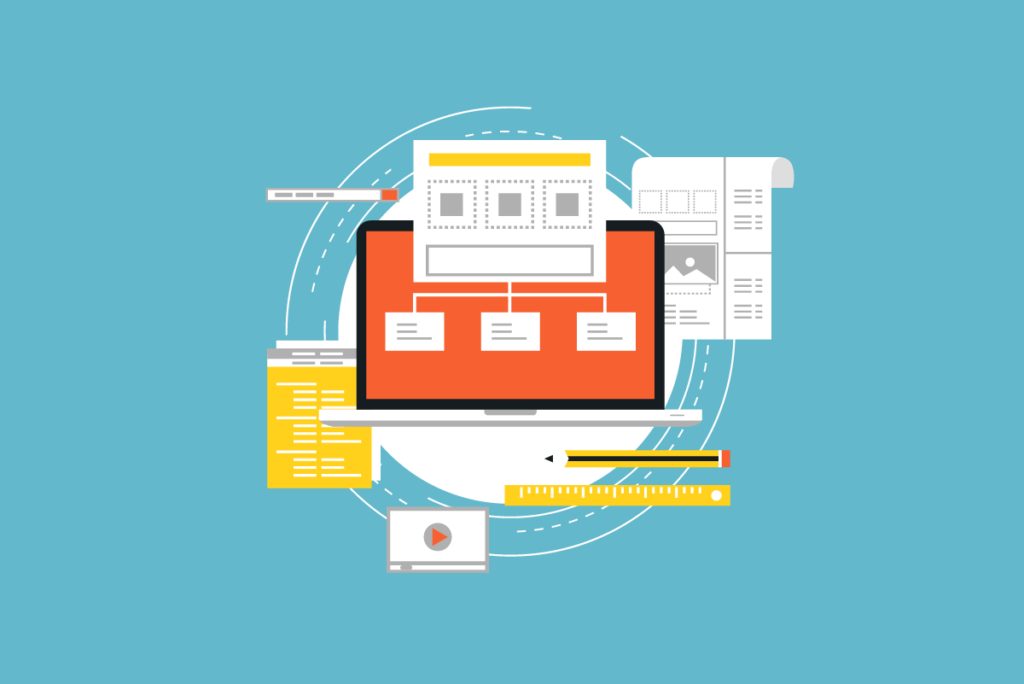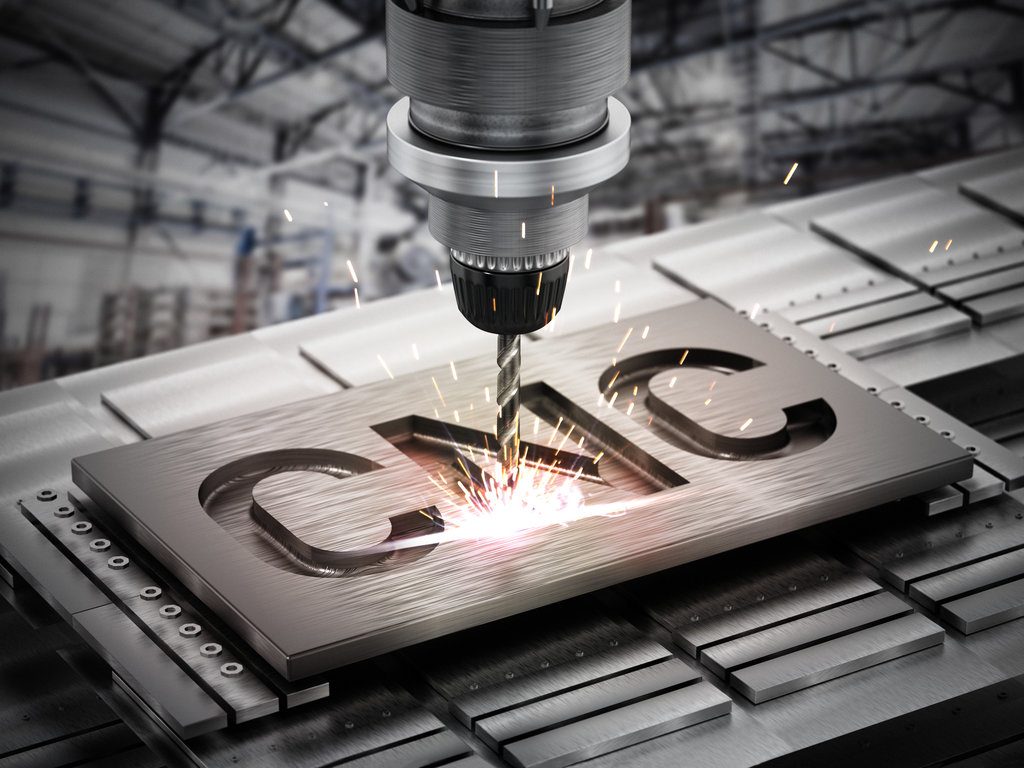
Product prototyping is an essential component of the development process of a new product, but it’s far more than simply something that you ‘should do’. Prototyping is intended to move the manufacturing process forward, find improvements that can be made throughout the product development process, and make sure that your product is able to meet its full potential. Every prototyping process should have the end goal of getting a clearer insight into your product, which steps to take throughout the development process, and how best to manufacture it.
What Makes a Successful Prototype?

Each entrepreneur or product developer needs a different set of things from a prototype, and any new product might benefit in a range of different ways from the prototyping process. However, some typical qualities of a successful prototype include:
- It illustrates how the product would function in the real world and whether or not it needs to be refined in order to be successful.
- It provides a close representation of the aesthetics of the end products and indicates whether or not the overall look of your product will be in line with goals and needs.
- It proves whether or not the product can be properly manufactured using your chosen production process, or whether a different process should be considered.
- It raises questions that may not have been addressed so far throughout the product design process in order to potentially improve on the design.
- It provides confidence that a product is ready to move into the production process after testing and examination.
- It fits into your budget.
So, how can you go about achieving all this with your prototype?
Have a Clear Understanding of Your Requirements:

It’s worth bearing in mind that there is no one-size-fits-all prototype. Each product and each developer or manufacturer has varying requirements to be met, questions to be answered, and issues to solve. It’s crucial that you are able to understand exactly how these specifics apply to you and your product idea, as you will struggle to gauge the success of any prototype that does not meet clearly defined, understood goals and objectives.
Define Specific Goals:

Most of the time, a prototype won’t be easily able to do many things at once. Several iterations are usually required or recommended due to a range of factors including cost, practicalities of product development, the pitching process or logistics. If this is the case for you, it’s important to be as granular as possible in terms of what you are looking for from a prototype iteration. For example, your iteration goal might be to make sure that the prototype looks aesthetically pleasing if you are interested in rapid machining. On the other hand, proving that your product is mechanically sound might be your goal if you are building a more functional prototype using sheet metal prototyping.
Consider Your Prototype Provider’s Specialities:

The best prototype providers will add value to you as the end-user by making the process as easy as possible. For example, Rapid Direct does this by offering easy-to-use online CNC machining and prototype manufacturing services, for which you can get a quote on their website, rapiddirect.com. The firm offers quick turnarounds, with a quote provided in an hour and the finished prototype provided in as little as three days.
With tight tolerances down to 0.002mm and extensive manufacturing experience, Rapid Direct is able to offer a quality service you can rely on. After all, the company is China’s largest manufacturing networks in custom, precision CNC machining services, so it can offer you a prototype that will give you the chance to assess the value in your design.
A good prototype provider will always offer their valuable experience and expertise throughout the process and many will be specialized in a particular industry. Some may be able to provide additional assistance to you with things such as manufacturability problems, questions about materials, and the reality of going from prototyping to production. Spend some time researching the providers of CNC services that you choose and ask plenty of questions to get a better feel for who they are and where their strengths in areas like sheet metal prototyping lie.
Know Your Limits:

In addition to setting clear and specific goals and requirements for your prototype, you should also keep in mind what a specific iteration isn’t able or shouldn’t be able to do. Bear in mind that while certain types of materials or rapid prototyping are ideal for producing functional prototypes, others are better suited to providing prototypes that focus on cosmetics or aesthetics.
Understand Your Prototype Material:
The material that you use in order to create your prototype is a key factor that should also be carefully considered, especially if it is different from the material that you plan to use for the product during the development process. For example, there may be important differences to note in factors such as material flexibility, hardness, strength, durability, and resistance to elements such as temperature, when you are testing, and approving a prototype compared to the material that you will choose for your final product. Most of the time, the material that you will use to create the prototype will be cheaper than that used to develop the final product, which is important to keep in mind.
See the Big Picture:

It can be easier than you might think for a product development team to become so focused on the small details and intricacies of a project that they miss the big-picture problems that might be completely obvious to somebody on the outside looking in with fresh eyes. Of course, as an entrepreneur or a product developer, you will have a natural desire and drive for your product to succeed. Be sure to spend time testing your prototype with those who are unfamiliar with the product, whether inside or outside of your company, to make sure that you are able to take full advantage of the benefits of the various different ways that they will view and interact with your product.
Be Open-Minded:

The main goal of prototyping is to learn something new about your product. Don’t be quick to accept that a prototype simply does what’s expected of it, or move too quickly to the next stage if it is ‘good enough’; take full advantage of the opportunity that you have to really examine the finer details of your product in a physical form and consider different ways that you could make improvements to it, either throughout the design or the production processes.
This is one area where user testing and gathering as much feedback as possible can be used to your advantage. Take what’s being said by the people who you expect to be using your finished product and keep this in mind when it comes to the changes and adjustments that you make to the design or the production plan.
Be Aware of the Bottom Line:
It’s always worth being budget-conscious when prototyping; don’t blow your budget on it. Although it’s a critical part of the manufacturing process, it should be within your budget and done correctly in order to produce great ROI. It’s essential that you are able to stay on top of prototyping costs as part of the overall product development budget. There are various processes, such as rapid prototyping services and CNC machining, that tend to be typically more cost-effective compared to other processes. An experienced prototype provider can help you with getting the best value and efficiency from all the different iterations of your product.
Prototyping is becoming a standard in any product development process and can help you make the right decisions throughout manufacturing. It’s important to keep these key factors in mind throughout the process to ensure that you get the most from your prototype.














